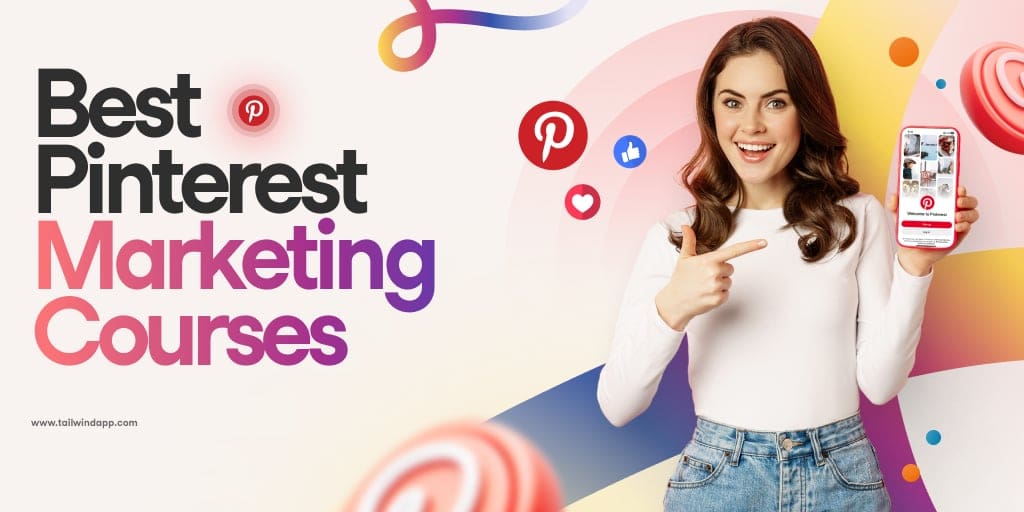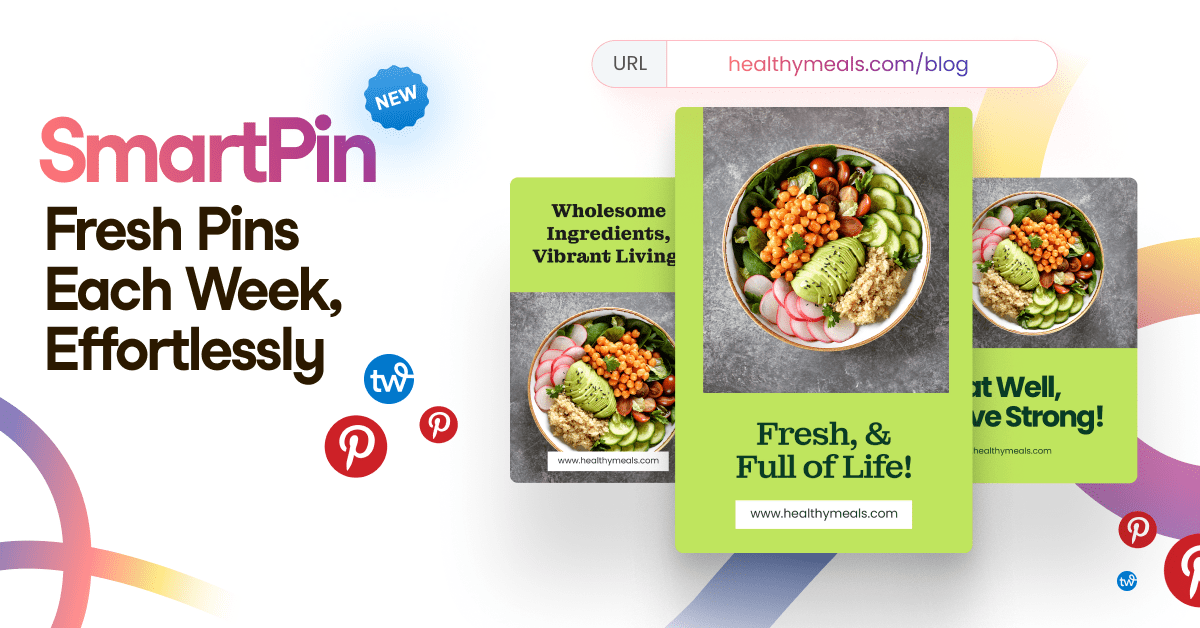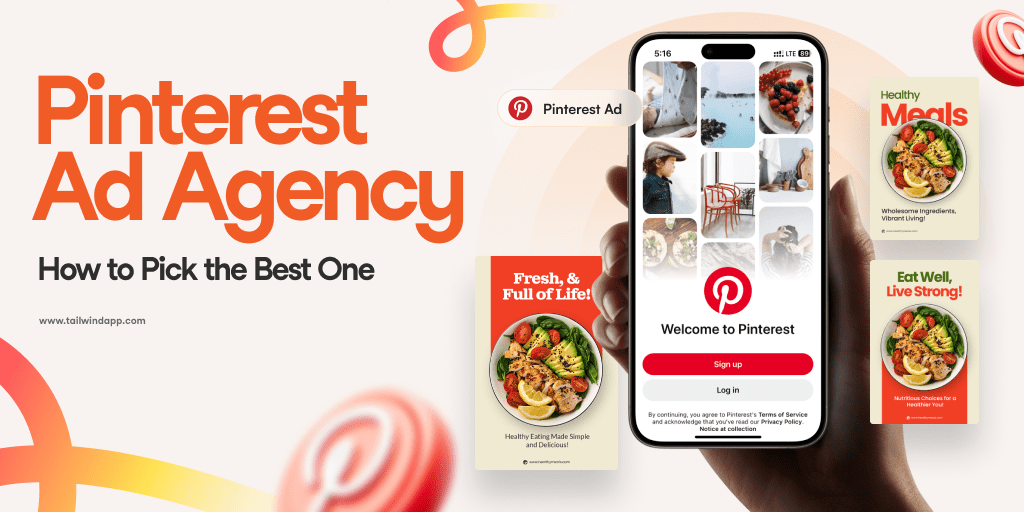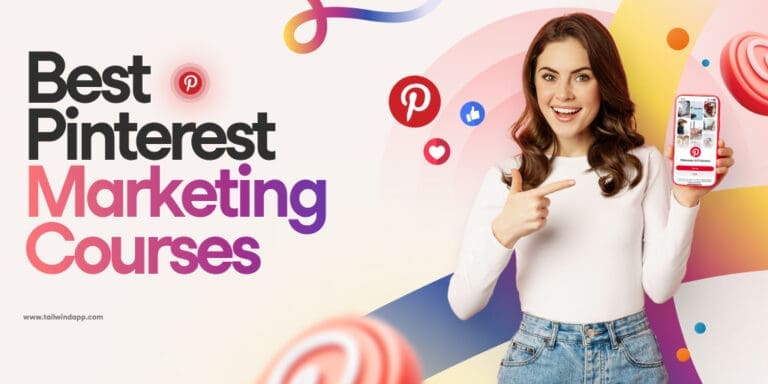
Facebook rose to the top of the social media food chain thanks to its user-friendly interface and ability to keep people connected.
Over time, it’s plowed millions – if not billions – of dollars into perfecting a sophisticated advertising ecosystem to help brands reach Facebook users.
The end result is a system that’s powerful, convenient, and, most importantly, converting.
But if you’re going to use Facebook advertising, you’re going to have to make yourself competitive.
That means optimizing every detail of your advertisements, from the recommended specs to choosing the right Facebook ad formats for every goal, as well as knowing Facebook Ads best practices!
With our handy Facebook ads guide, you can get there in no time.
Facebook Ad Format Considerations: Technical Aspects
Before we go diving into Facebook ad formats and the best technical specs, we need to cover a few quick terms. (We promise this will be short…ish.)
Facebook Ad Objectives
Your advertising objective determines the different ad formats you can use, as well as where your ad appears across Facebook, Messenger, Instagram, and the Audience Network. You can choose your advertising objectives through the Facebook Ads Manager.
Awareness Objectives
Awareness objectives increase awareness of, and interest in, your brand and products. The greater your brand awareness, the further your reach. Some of the ad objectives that fit into the Brand Awareness niche include:
- Brand Awareness: This namesake objective is optimized explicitly to obtain views from people in your target audience or niche.
- Reach: These Facebook ads work by putting your ad in front of the most unique users possible.
- Video Views: Video ads are centered around increasing everything from engagement to conversions. Typically, videos between 10 seconds and 2 minutes see the best results.
Store Traffic: This Facebook ad type is designed to target people by location and offer incentives to bring them into brick-and-mortar stores.
Traffic Objectives
Traffic objectives attempt to increase traffic to your chosen online destination, such as your Facebook Page, business website, or app.
Currently, there’s only one objective that fits under this banner: Traffic.
Engagement Objectives
Engagement objectives aim to target those consumers most likely to engage with your business through messaging, Facebook likes, or website purchases. Some examples of these ad objectives include:
- Engagement: This Facebook ad type engages your target audience through Post Engagement, Facebook Page Likes, or Event Responses, depending on your campaign’s goals
Messages: Message-based campaigns allow you to use Facebook’s messaging features to promote your website or blog, ask about product experiences, or even extend your email campaigns.
Lead Generation Objectives
Lead generation objectives are designed to collect leads via messages or signups.
While several ad objectives fit into the bucket, there’s one primary objective: Lead Generation:
Under this objective, Facebook ads aim to collect email addresses right in-house, potentially increasing your lead generation potential.
App Promotions
App promotion objectives aim to boost the number of app installs you see.
Currently, there’s only one objective under this banner: App Installs.
These Facebook ad types target mobile users to encourage app downloads, registrations, and logins.
Sales Objectives
Sales ad objectives find people to purchase from your brand. Currently, two objectives fall under this umbrella:
- Conversions: These Facebook ads are built to generate leads, capture information, and drive consumers to your website.
- Catalog Sales: Catalog sales ads allow you to sell catalog items right on Facebook, decreasing friction and increasing sales.
File Sizes and Formats
Every kind of Facebook ad format supports a range of file sizes and types. Optimizing the file size within Facebook’s limit ensures that your files upload properly and appear crisp and clear. If your file type isn’t supported, you can’t run your Facebook ads at all.
Aspect Ratios
Aspect ratios determine how your image fits on the page based on pixel dimensions.
For instance, a 1,600×900 pixel image falls under the 16:9 aspect ratio. An image that’s 1,600×1,600 pixels fits into the 1:1 aspect ratio.
While you can measure your image sizes by both pixels and aspect ratios, understanding the difference can help you better optimize your ads (particularly for mobile devices).
The Role of Facebook Ads Manager
Facebook Ads Manager is a Facebook tool that allows you to launch various Facebook ad campaigns and gain insightful, actionable information about their performance. You can measure various metrics and customize your reporting needs in-house.
Plus, you can use the Facebook Ads Manager to launch or alter specific campaigns, from your ad objectives to file sizes to Facebook ad placements.
What are the 5 Main Facebook Ad Formats?
Facebook advertising offers over a dozen ad types, many of which target specific niches or user types. Ultimately, they all boil down to rearranging or dissecting the following five:
- Facebook Image Ads
- Facebook Video Ads
- Facebook Carousel Ads
- Facebook Instant Experiences Ads
- Facebook Collections Ads
Facebook Image Ads
Facebook photo ads help you showcase your product, service, or brand with a single image and optional footer. You can create an image ad with Facebook Ads Manager or by boosting an existing post.
The image ad format is ideal for:
- Increasing interest and awareness of your brand, products, or services
- Pushing a unified message about your brand
- Driving website traffic and conversions
Recommended Specs for Image Ads
Design Specs
- Image File Type: JPG or PNG
- Ratio: 1:9.1 to 1:1 (with link) or 9:16 to 16:9 (no link)
- Resolution: At least 1080×1080 pixels
Text Specs
- Primary Text: 125 characters
- Headline Text: 27 characters
- Link Description Text: 27 characters
Technical Requirements:
- Maximum Image File Size: 30MB
- Minimum Width and Height: 600×600 pixels
- Aspect Ratio Tolerance: 3%
Available Marketing Objectives for Image Ads
- App installs
- Brand awareness
- Catalog sales
- Conversions
- Engagement
- Lead generation
- Messages
- Reach
- Store traffic
- Traffic
Available Placements for Image Ads
Facebook Ads:
- Instant Articles
- In-Stream Videos
- Marketplace
- News Feed
- Right Column Ads
- Search Results
- Stories
Instagram Ads:
- Explore
- Feed
- Stories
Messenger Ads:
- Inbox
- Sponsored Message
- Stories
Audience Network Ads:
- Banner
- Interstitial
- Native
Supported Device Types
- All
Quick Tips to Perfect Your Image Ads
- Focus your message
- Show your brand or logo
- Use high-resolution images
- Keep text under 20% and in a clean, modern font
- Picture compelling subjects like arrangements, displays, or people
Facebook Video Ads
Video ads catch scrollers’ eyes with bright colors and movement that inspire views, clicks, and conversions. Facebook even offers the ability to turn images into quick-paced ads for extra oomph with less effort.
You can use the video ad format to:
- Show off your brand, products, or services
- Tell a story
- Illustrate unique features about your brand or products
- Quickly capture consumers’ attention
- Deliver a clear, concise message
Recommended Specs for Video Ads
Design Specs
- Video File Type: MP4, MOV or GIF (multiple accepted)
- Ratio: 1:1 for desktop or mobile, or 16:9 to 9:16 for mobile only (optimized at 4:5)
- Resolution: at least 1080×1080 pixels
- Captions and Sound: Optional (but recommended)
Text Specs
- Primary Text: 125 characters
- Headline Text: 27 characters
- Link Description Text: 27 characters
Technical Requirements:
- Maximum Video File Size: 4GB
- Video Duration: 1 second to 241 minutes, depending on placement
- Minimum Width and Height: 120×120 pixels
- No letter or pillar boxing (black bars)
Available Marketing Objectives for Videos Ads
- App installs
- Brand awareness
- Catalog sales
- Conversions
- Engagement
- Lead generation
- Messages
- Reach
- Store traffic
- Traffic
- Video views
Available Placements for Videos Ads
Facebook Ads:
- Instant Articles
- In-Stream Video
- Marketplace
- News Feed
- Search Results
- Stories
- Video Feeds
Instagram Ads:
- Explore
- Feed
- Stories
Messenger Ads:
- Stories
Audience Network Ads:
- Banner
- Interstitial
- Native
- Reward Videos
Supported Device Types
- All
Quick Tips to Perfect Your Video Ads
- Keep videos between 15 seconds and 2 minutes to enhance engagement
- Use vertical or square compositions
- Feature your brand message or product(s) early
- Design for sound off (e.g., using captions) to increase reach and view time
- Upload the highest resolution possible
Facebook Carousel Ads
Carousel ads combine up to 10 images or videos that users can click or swipe through. Each “slide” in the carousel has its own headline, description, link, and call-to-action.
You can use the carousel ad format to:
- Feature multiple products and individual landing pages
- Highlight multiple features of a single product
- Offer greater value for your money and users’ time
- Explain a process, story, or even recipe step-by-step
- Create a larger canvas ad using all your cards together
Recommended Specs for Carousel Ads
Design Specs
- Image File Type: JPG or PNG
- Video File Type: MP4, MOV or GIF (multiple accepted)
- Ratio: 1:1
- Resolution: At least 1080×1080 pixels
- Captions and Sound: Recommended for videos
Text Specs
- Primary Text: 125 characters
- Headline Text: 32 characters
- Link Description Text: 18 characters (optional on Instant Articles)
- Landing Page URL: Required
Technical Requirements:
- Number of Carousel Cards: 2-10
- Maximum Image File Size: 30MB
- Maximum Video File Size: 4GB
- Video Duration: 1 second to 240 minutes (2 minutes on Instagram)
- Minimum Width and Height: 600×600 pixels
- Aspect Ratio Tolerance: 3%
Available Marketing Objectives for Carousel Ads
- App installs
- Brand awareness
- Catalog sales
- Conversions
- Lead generation
- Messages
- Reach
- Traffic
Available Placements for Carousel Ads
Facebook Ads:
- Instant Articles
- In-Stream Video
- Marketplace
- News Feed
- Right Column
- Search Results
- Stories
Instagram Ads:
- Feed
- Stories
Messenger Ads:
- Inbox
Audience Network Ads:
- Banner
- Interstitial
- Native
Supported Device Types
- All
Quick Tips to Perfect Your Carousel Ad
- Use engaging, aesthetically blended images and videos
- Consider GIFs or shorter videos over longer-form content
- Provide multiple links to promote multiple products or services
- Use all available components (headlines, links, CTA buttons) to maximize efficacy
- Showcase a product range, series, or brand narrative
Facebook Collection Ads
Facebook collection ads feature multiple products, images, or videos at once. Each collection ad boasts a cover image or video, with multiple images or videos highlighted beneath.
The collection ads format automatically opens as an Instant Experience (highlighted below). With this Facebook ad type, customers can peruse and purchase products from their phones.
You can use the collection ad format to:
- Enhance users’ mobile browsing experience
- Showcase your product catalog
- Convert browsers into buyers with well-placed CTAs
Recommended Specs for Collection Ads
Design Specs
- Image File Type: JPG or PNG
- Video File Type: MP4, MOV, or GIF recommended
- Ratio: 1.91:1 to 4:5 (optimized at 1:1) or 9:16 for landscape
- Resolution: 600×600 pixels
- Captions and Sound: Optional, but recommended (for video)
Text Specs
- Primary Text: 125 characters
- Headline Text: 40 characters
- Landing Page URL: Required
Technical Requirements:
- Instant Experience: Required
- Maximum Image File Size: 30MB
- Maximum Video File Size: 4GB
- Video Duration: Recommended under 2 minutes, but maximum 120 minutes
- Minimum Width and Height: 600×600 pixels (for images) or 1200×628 pixels (for video)
Available Marketing Objectives for Collection Ads
- App installs
- Brand awareness
- Conversions
- Engagement
- Reach
- Store traffic
- Traffic
- Video views
Available Placements for Collection Ads
Facebook:
- In-Stream Video
- Mobile News Feed
Instagram:
- Feed
- Stories
Supported Device Types
- Mobile-only
Quick Tips to Perfect Your Collection Ad
- Use a product set of 50 or more to increase ad variety
- Utilize Facebook’s dynamic product selection for better results
- Use CTAs that link to well-stocked landing pages to encourage exploration and conversions
- Add URL parameters to track traffic flow
Facebook Instant Experiences Ads
Instant Experiences, formerly Canvas ads, offer a full-screen, mobile-only experience that’s perfect for highlighting your brand or products. These ads load instantly, cutting down on bounces, and work with a single image, video, carousel, and collection ads.
You can use the Instant Experiences ad format to:
- Capture your audience’s attention
- Tell a story
- Highlight products and services
- Increase content value by linking multiple Instant Experiences together
Recommended Specs for Instant Experiences Ads
Design Specs
- Image File Type: JPG or PNG
- Video File Type: MP4 or MOV
- Ratio: Varies by Instant Experience selection
- Resolution: At least 1080×1080 pixels
- Captions and Sound: Recommended for videos
Text Specs
- Primary Text: 125 characters
- Headline Text: 27 characters
Technical Requirements:
- Maximum Image File Size: 30MG
- Maximum Video File Size: 4GB
- Video Duration: 2 minutes
- Minimum Width and Height: Fit to width and length
Available Marketing Objectives for Instant Experiences Ads
- App installs
- Brand awareness
- Conversions
- Engagement
- Reach
- Store traffic
- Traffic
- Video views
Available Placements for Instant Experiences Ads
- Available placements change according to ad format
Single Image Ads or Video Ads
Facebook Ads:
- Group Feed
- Marketplace
- News Feed
- Search results
- Stories
Instagram Ads:
- Explore
- Feed Stories
Carousel Ads
Facebook Ads:
- Marketplace
- News Feed
- Search results
- Stories
Instagram Ads:
- Feed
- Explore
Collection Ads
Facebook Ads:
- Marketplace
- News Feed
Instagram Ads:
- Explore
- Feed
Supported Device Types
- Mobile-only
Quick Tips to Perfect Your Instant Experience Ad
- Showcase your brand early
- Combine images, videos, and text to increase engagement
- Reuse or repurpose existing ad materials
- Highlight your product diversity
- Include CTAs (and the right CTAs) to drive traffic and conversions
Key Takeaways: The Best Facebook Ad Format
By and large, images remain one of the top contenders for the best Facebook ad format by sheer usage.
However, video ads have proven to be an incredibly popular and competitive niche – when done right, that is.
Once you have these Facebook ad formats down, you can readily expand into a carousel, collection, and Instant Experience ads with ease. You can even use existing ads to combine old or build new content to spread your brand with a new Facebook ad campaign.
Overall, that means the best Facebook ads are the ones that bring in the big bucks for your business.
Many brands start with images for their ease and cost-effectiveness and spread into video ads as they grow.
As you grow more comfortable with your advertising skills, soon, you can spread your wings and fly into new types of Facebook ads in no time.















